An upgrade to the existing milking parlour has knocked 35 minutes off milking times for Waterford farmer Pat Tobin. Pat is milking 54 cows about one mile from the sea at Clonea, near Dungarvan. Last winter, he upgraded the old six-unit herringbone and installed a new nine-unit DeLaval plant into the existing building.
It was either upgrade or get out of cows, he says, and with his daughter Roisin and her partner Daniel both interested in dairy farming, he said that he’d do it. It was taking one hour and 20 minutes to milk 44 cows before, whereas now the milking only takes 45 minutes.
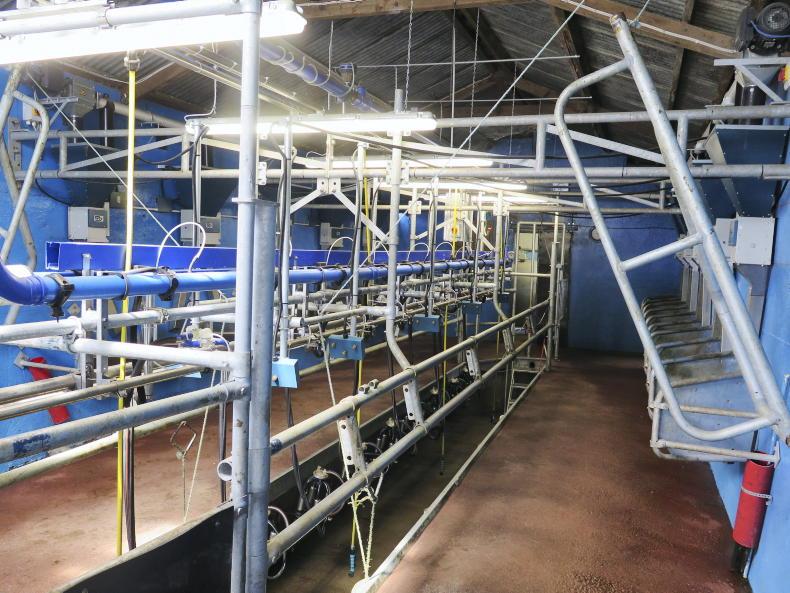
The plant is bright and airy with painted walls and red dye in the concrete floors.
Time is one thing, but safety is another, Daniel says, explaining that meal had to be bucketed into the cows at every milking and with no dumpline, the waste milk had to be bucketed out of the pit. Now, a new Orby feeding system and a new nine-unit milk plant with dumpline has done away with all of the heavy lifting.
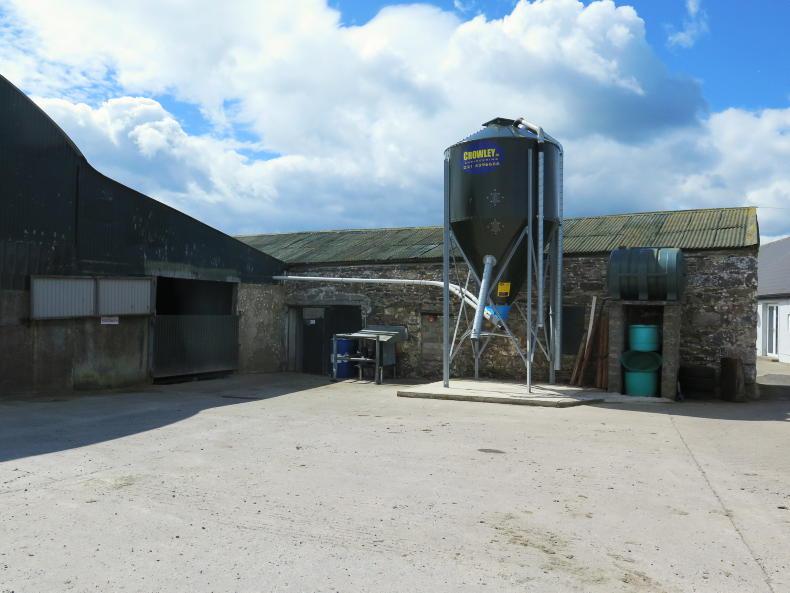
Pat Tobin upgraded his milking parlour from a six-unit to a nine-unit DeLaval.
“The initial plan was to just replace the six-unit with a new plant, but when Richie Scanlon from Scanlon Dairy Tech called out to look at it, he said we could get in an extra few units if we knocked the wall at the back and moved a water storage tank, which I initially didn’t want to do, but I’m glad now that we did, because it has made a huge difference to milking,” Pat says.
The wall at the back was dividing the parlour from the collecting yard, part of which doubles as a slatted shed for the winter.
Slope
Cows used to walk through an opening in the wall to get into the parlour and Pat installed a new water storage tank for the wash-down hose inside the wall only a few years previously.
Cows then went up a slope to enter the parlour, which was sloping towards the front. The first job was to change the levels and slopes in the parlour.
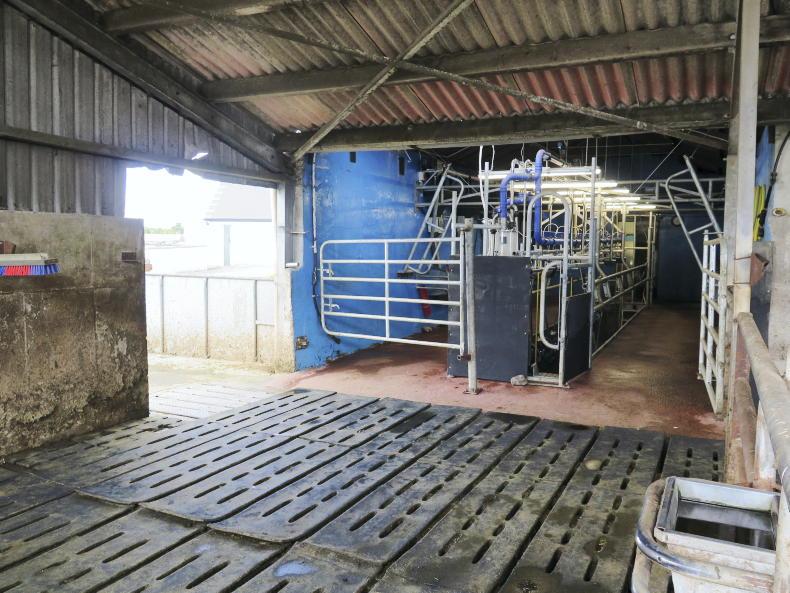
The slopes in the floors were changed so everything now slopes to the rear.
Because the parlour was going to be extended, if the slope to the front was going to be maintained, it would mean the difference in height at the back of the parlour, between the slatted tank in the collecting yard and the last cow standing place, would be much greater, requiring a step or an extremely steep slope – neither of which would be good for cow flow.
Instead, it was decided to change the slope and have everything sloping to the back. All the concrete floors were broken up with a mini-digger and Kango hammer.
The cow stands were lowered by about 1ft, with the pit lowered even further to give a 38in working height between the pit floor and the top of the cow stands. Local builder John Behan carried out all the concrete work.
It was originally hoped that 10 units would fit in, but when it came to it, the last cow space would be too close to the slatted tank.
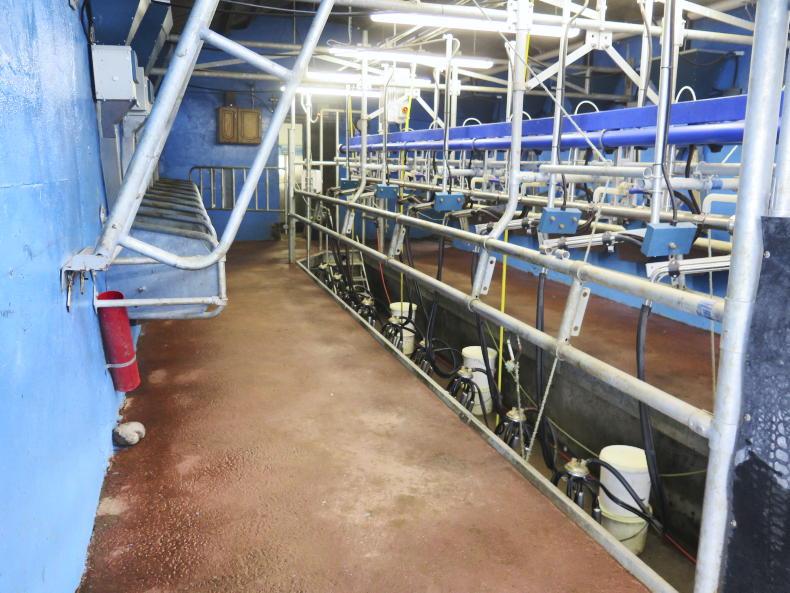
The nine-unit plant is kept immaculately clean.
As it is now, there is plenty of room at the back of the pit for the steps, receiver jars and pumps and a seamless slope from the top of the collecting yard all the way up to the front of the parlour.
No changes were made to the roof or walls of the parlour shed, as these were big enough and in great condition despite their age.
Because the pit is narrow, swingover arms were put in to create a bit of extra space in the pit. The low-level wash line swings back in under the kerb when not in use, creating extra space. The dumpline is controlled by a switch at each milking unit, which controls a solenoid that diverts the milk to whatever line is intended. Clear hosing at the top of the unit allows the operator to see what way the milk is flowing.
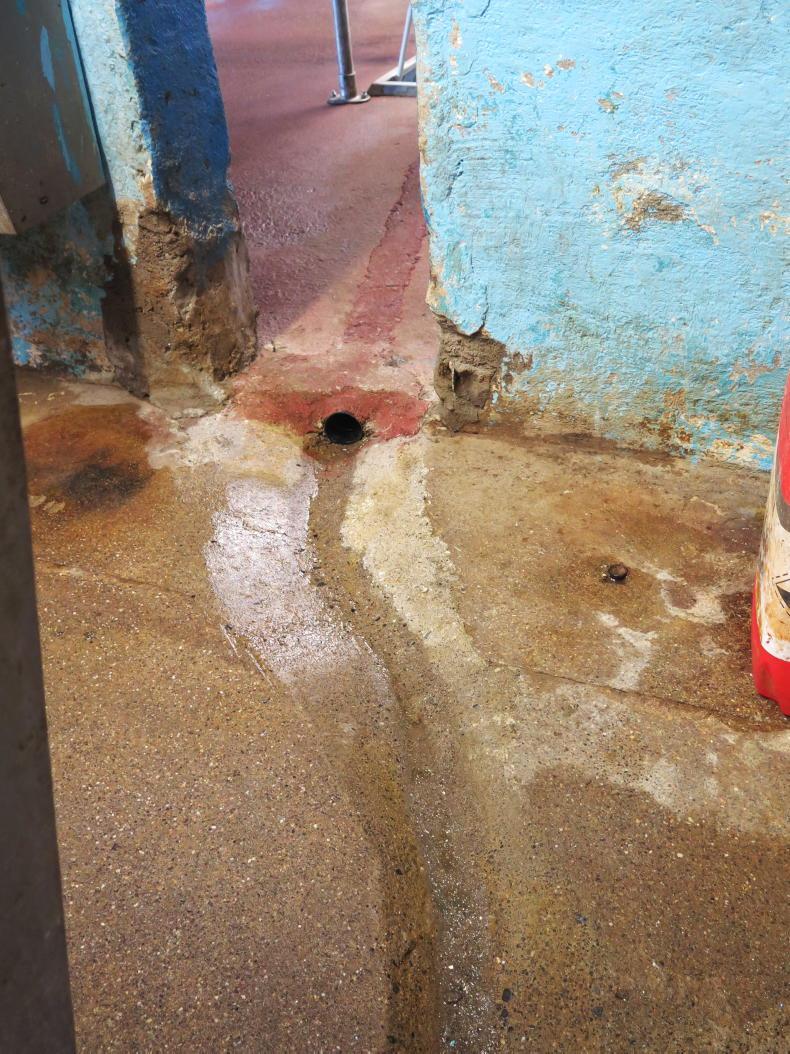
Any spills in the dairy are directed to the pit.
Pat says that milking in spring is much easier now that there are no dump buckets in the pit or milk to be hauled out of the pit.
The meal feeders are another great addition, he says.
These are operated by an air compressor and all feeders can be operated either at once or individually by pressing a button on the milking unit.
Hygiene
The dairy was more or less untouched from the old system. The only change is that a new channel was installed in the floor, directing any milk or other spillages into the pit, meaning whoever is milking will know fairly quickly if something isn’t right in the dairy.

A footbath was installed at the cow exit point.
The plant is hot washed every second day with caustic powder and this solution is recycled until the next hot wash. It gets an acid descale once a week and TBC is currently around 6,000.
Pat did have a problem with SCC last year when it rose to over 200,000, but it’s back now to between 80,000 and 100,000. He sprays pre- and post-milking and also dips clusters in peracetic acid in between milking. A sluice gate, which is manually operated from the pit, holds the cows in place.
Cost wise, the plant and feeding system cost €40,000 plus VAT, while the building work, concrete and electrical re-wiring cost €30,000 plus VAT. Some of the parts used in the plant were secondhand, such as the vacuum pump. Pat wasn’t able to claim any TAMS grant on the plant or feeders due to internal agitation points in the collecting yard.
For this money, Pat, Roisin and Daniel now have a simple but very efficient and labour friendly milking parlour, which should serve this family farm well for many more years to come.
An upgrade to the existing milking parlour has knocked 35 minutes off milking times for Waterford farmer Pat Tobin. Pat is milking 54 cows about one mile from the sea at Clonea, near Dungarvan. Last winter, he upgraded the old six-unit herringbone and installed a new nine-unit DeLaval plant into the existing building.
It was either upgrade or get out of cows, he says, and with his daughter Roisin and her partner Daniel both interested in dairy farming, he said that he’d do it. It was taking one hour and 20 minutes to milk 44 cows before, whereas now the milking only takes 45 minutes.

The plant is bright and airy with painted walls and red dye in the concrete floors.
Time is one thing, but safety is another, Daniel says, explaining that meal had to be bucketed into the cows at every milking and with no dumpline, the waste milk had to be bucketed out of the pit. Now, a new Orby feeding system and a new nine-unit milk plant with dumpline has done away with all of the heavy lifting.

Pat Tobin upgraded his milking parlour from a six-unit to a nine-unit DeLaval.
“The initial plan was to just replace the six-unit with a new plant, but when Richie Scanlon from Scanlon Dairy Tech called out to look at it, he said we could get in an extra few units if we knocked the wall at the back and moved a water storage tank, which I initially didn’t want to do, but I’m glad now that we did, because it has made a huge difference to milking,” Pat says.
The wall at the back was dividing the parlour from the collecting yard, part of which doubles as a slatted shed for the winter.
Slope
Cows used to walk through an opening in the wall to get into the parlour and Pat installed a new water storage tank for the wash-down hose inside the wall only a few years previously.
Cows then went up a slope to enter the parlour, which was sloping towards the front. The first job was to change the levels and slopes in the parlour.

The slopes in the floors were changed so everything now slopes to the rear.
Because the parlour was going to be extended, if the slope to the front was going to be maintained, it would mean the difference in height at the back of the parlour, between the slatted tank in the collecting yard and the last cow standing place, would be much greater, requiring a step or an extremely steep slope – neither of which would be good for cow flow.
Instead, it was decided to change the slope and have everything sloping to the back. All the concrete floors were broken up with a mini-digger and Kango hammer.
The cow stands were lowered by about 1ft, with the pit lowered even further to give a 38in working height between the pit floor and the top of the cow stands. Local builder John Behan carried out all the concrete work.
It was originally hoped that 10 units would fit in, but when it came to it, the last cow space would be too close to the slatted tank.

The nine-unit plant is kept immaculately clean.
As it is now, there is plenty of room at the back of the pit for the steps, receiver jars and pumps and a seamless slope from the top of the collecting yard all the way up to the front of the parlour.
No changes were made to the roof or walls of the parlour shed, as these were big enough and in great condition despite their age.
Because the pit is narrow, swingover arms were put in to create a bit of extra space in the pit. The low-level wash line swings back in under the kerb when not in use, creating extra space. The dumpline is controlled by a switch at each milking unit, which controls a solenoid that diverts the milk to whatever line is intended. Clear hosing at the top of the unit allows the operator to see what way the milk is flowing.

Any spills in the dairy are directed to the pit.
Pat says that milking in spring is much easier now that there are no dump buckets in the pit or milk to be hauled out of the pit.
The meal feeders are another great addition, he says.
These are operated by an air compressor and all feeders can be operated either at once or individually by pressing a button on the milking unit.
Hygiene
The dairy was more or less untouched from the old system. The only change is that a new channel was installed in the floor, directing any milk or other spillages into the pit, meaning whoever is milking will know fairly quickly if something isn’t right in the dairy.

A footbath was installed at the cow exit point.
The plant is hot washed every second day with caustic powder and this solution is recycled until the next hot wash. It gets an acid descale once a week and TBC is currently around 6,000.
Pat did have a problem with SCC last year when it rose to over 200,000, but it’s back now to between 80,000 and 100,000. He sprays pre- and post-milking and also dips clusters in peracetic acid in between milking. A sluice gate, which is manually operated from the pit, holds the cows in place.
Cost wise, the plant and feeding system cost €40,000 plus VAT, while the building work, concrete and electrical re-wiring cost €30,000 plus VAT. Some of the parts used in the plant were secondhand, such as the vacuum pump. Pat wasn’t able to claim any TAMS grant on the plant or feeders due to internal agitation points in the collecting yard.
For this money, Pat, Roisin and Daniel now have a simple but very efficient and labour friendly milking parlour, which should serve this family farm well for many more years to come.












 This is a subscriber-only article
This is a subscriber-only article







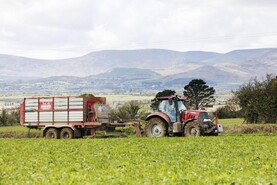
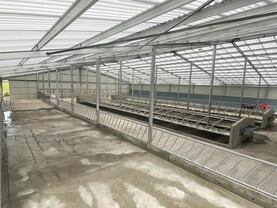


SHARING OPTIONS: